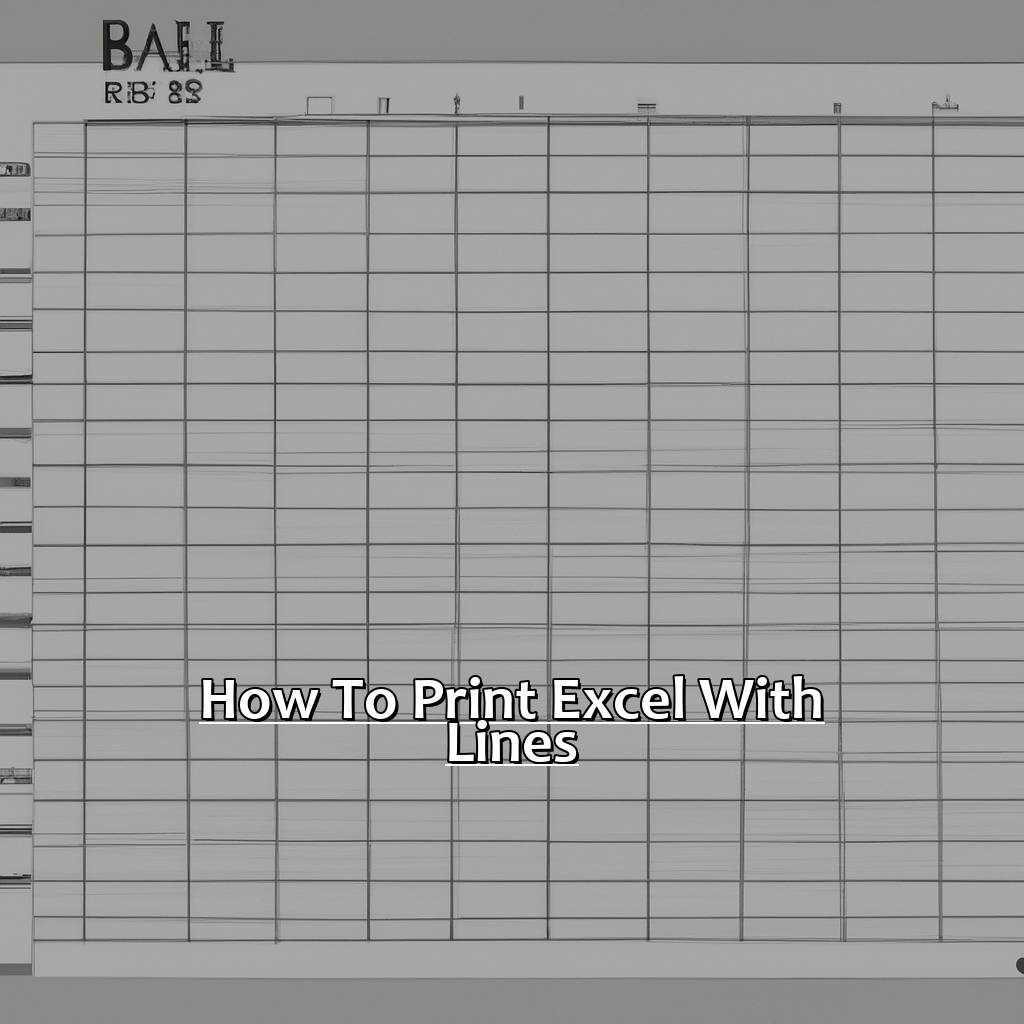Excel Sheet: How Many Lines Exist?

Welcome to our detailed exploration of the Excel sheet and how to count lines within it. Whether you're a data analyst, an administrative professional, or simply someone curious about Excel, this guide is tailored to enhance your understanding of Excel's line-counting features.
Why Count Lines in Excel?

Excel, a staple in data management and analysis, offers users the ability to organize, compute, and analyze large volumes of data efficiently. One of the fundamental aspects of managing data in Excel is understanding the number of rows or lines in your sheet:
- Data Validation: Counting rows can help ensure data integrity by confirming that you have the correct number of entries.
- Formatting and Printing: Knowing the exact number of lines can aid in optimizing how you present or print your data.
- Performance Metrics: For large datasets, the number of lines can influence worksheet performance and file size.
Basic Excel Line Counting

The simplest way to count lines in Excel involves using:
- ROW and COUNTA Functions: These functions provide quick insights into your data.
ROW Function

The ROW() function returns the row number of a referenced cell:
ROW(A1) returns 1 for the first row of column A
COUNTA Function

Use COUNTA() to count cells containing any type of information:
COUNTA(A:A) returns the total count of non-empty cells in column A
💡 Note: These functions are efficient for simple counting but may not reflect hidden rows or filtered data.
Counting Visible Lines in Filtered Data

When dealing with filtered data, Excel’s SUBTOTAL() function comes into play:
- SUBTOTAL(3, range): Counts only visible cells within the range, excluding hidden or filtered rows.
SUBTOTAL(3, A:A) counts visible cells in column A
💡 Note: Choose the correct function number (3 for COUNTA) to ensure accuracy with filtered data.
Counting Non-Empty Lines Across Multiple Columns

To count non-empty lines across several columns:
- Array Formula: Enter this formula as an array formula to count non-empty rows in columns A to C:
{=COUNTA(A:A, B:B, C:C)}
📝 Note: In older versions of Excel, use Ctrl+Shift+Enter to create an array formula. In newer versions, this step is automatic.
Advanced Line Counting with Excel VBA

For more complex scenarios, VBA provides a powerful means to count lines:
- Custom Functions: You can create user-defined functions to count lines based on specific criteria.
VBA Code Example

Function CountLines() As Integer
Dim ws As Worksheet
Set ws = ThisWorkbook.Sheets(“Sheet1”)
CountLines = ws.Rows.Count
End Function
⚠️ Note: VBA requires basic programming knowledge and could alter Excel settings if not handled properly.
Managing Large Datasets

Handling large datasets requires efficiency:
- Use Table Objects: Tables in Excel can auto-expand and provide structured references for counting rows.
Using Excel Tables

ActiveSheet.ListObjects(“Table1”).ListRows.Count
📊 Note: Tables provide dynamic ranges, making them an excellent choice for datasets that grow frequently.
The art of counting lines in Excel transcends basic data entry. It's about understanding your data's structure, optimizing for readability, and ensuring you can work efficiently with your datasets. By mastering various counting techniques, you're equipped to handle data validation, formatting, performance tuning, and more. Whether you're using simple functions like ROW or COUNTA, delving into SUBTOTAL for filtered data, or leveraging VBA for custom operations, each approach enhances your Excel toolkit. Remember, the key is not just to count lines but to use this information to streamline your workflow, improve data analysis, and present your findings with clarity and precision.
Why does Excel limit row count?

+
Excel’s row limit (1,048,576 rows) is designed for performance and user experience, ensuring smooth functionality even with large datasets.
Can I count hidden rows in Excel?

+
Hidden rows are included in functions like COUNTA unless you use SUBTOTAL(3, range) for visible cells only.
How to count lines in multiple sheets at once?

+
Use a VBA macro to loop through all sheets or specific sheets and aggregate the count of lines across them.
Does Excel’s row count include empty rows?

+
The ROW function counts all rows, including empty ones, while COUNTA counts only rows with non-empty cells.
Is VBA the only way to perform complex line counting?

+
Not necessarily. Advanced functions, array formulas, and Excel’s Power Query can also handle complex line counting without VBA.